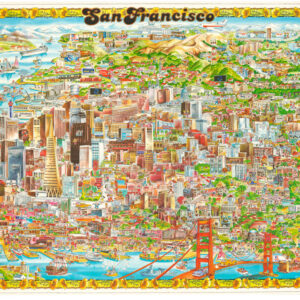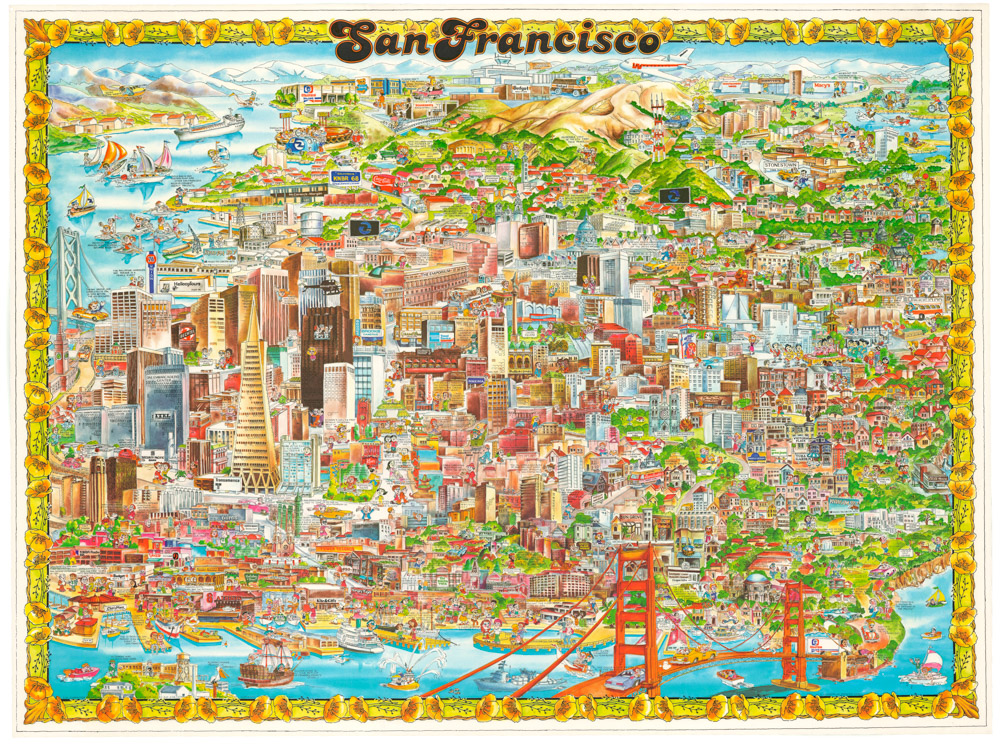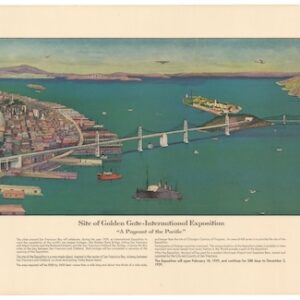An evocative black and white photo of San Francisco’s Palace of Fine Arts taken shortly after its construction.
Palace of Fine Arts, San Francisco
Out of stock
Description
This stunning original photograph captures the monumental domed rotunda of San Francisco’s Palace of Fine Arts, shortly after its construction for the 1915 Panama-Pacific Exposition. The spectacular complex was modeled on the great palaces of Antiquity, and was one of the jewels of the fair. It was designed by American architect Bernard Maybeck as an area of tranquility in the heart of the exposition, and was funded by the city of San Francisco. It was fronted by an artificial lagoon also visible in the photograph and is one of only a handful of buildings from the exposition that remain standing.
Context is everything
The Panama-Pacific International Exposition (PPIE) may have formally been in celebration of the conclusion of the Panama Canal, but it was also part of a longer tradition of hosting World Fairs in order to promote business and celebrate progress. We have already covered how this exposition served to underline the recovery of San Francisco after the devastation of the 1906 earthquake, and how this strategy was not necessarily a new one. In addition to the magnificent neighborhood constructed for the occasion, it is nevertheless interesting to note some of the events and showcases set up specifically for this occasion. One of the big magnets was the actual Liberty Bell, which had been transported from Pennsylvania by railroad across the continent to San Francisco. In addition to allowing visitors of the fair to see one of the most prized American relics, it also underscored the incredible achievement that was the transcontinental railroad and demonstrated, in a very tangible fashion, its potential for transport. Another great innovation was a telephone line that ran between San Francisco and New York. The nature of the setup supposedly allowed people across the nation to hear, in real time, the roar of the Pacific Ocean.
The PPIE was a hugely important event for the development of San Francisco. In many ways it succeeded far beyond its ambitions in conveying to America, and the world, a story of recovery and dynamic progress. It is hard to say what the exact repercussions of the fair were, but in the decade following it, San Francisco enjoyed another boom in industry and commerce. The impact of the fair as a showcase for American ingenuity was beyond debate and the exposition was commemorated in booklets, maps, and even $50 octagonal gold coins. In 2015, a series of coordinated events celebrated the 100th anniversary of the exposition. As part of this, a feature film was produced to tell the story (When the World Came to San Francisco).
Cartographer(s):
The Cardinell-Vincent Company was the official photographer of the Panama Pacific International Exposition. The company employed over 150 employees under the direction of president John D. Cardinell. Among their briefs was setting up photographic galleries on the grounds and organizing the enterprise into different departments. The company was disbanded upon the completion of the exposition.
Cardinell-Vincent Co. produced a range of official photographs, including several panoramic views. A number of these photos still exist in various public and private collections, including the de Young Fine Arts Museum in San Francisco.
Condition Description
Near fine. A light corner crease at upper left with a bit of soiling, a few lighter creases along top edge.
References
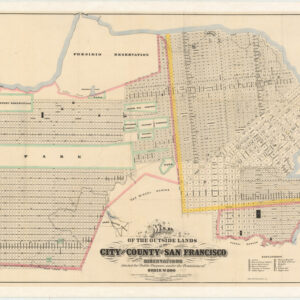
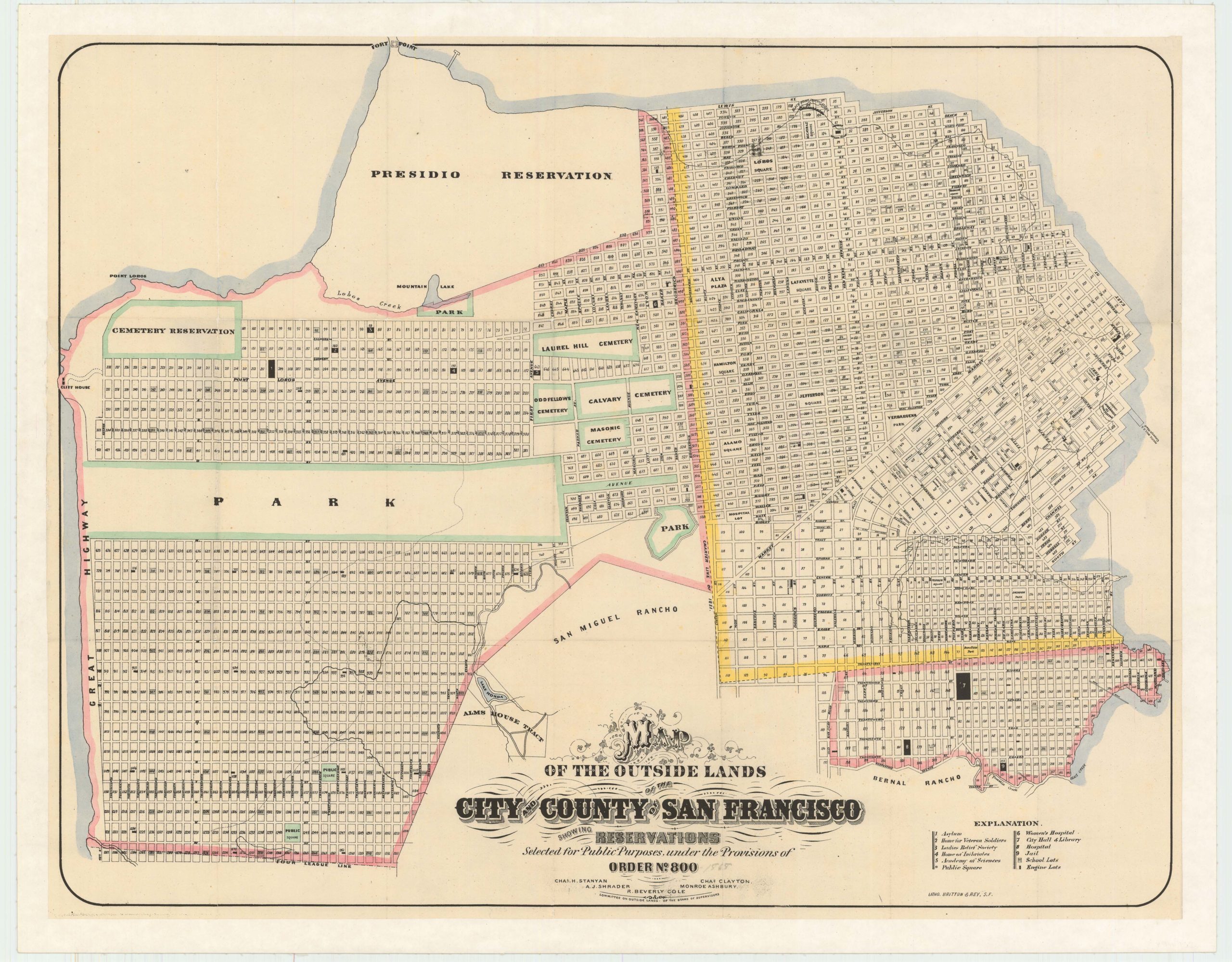
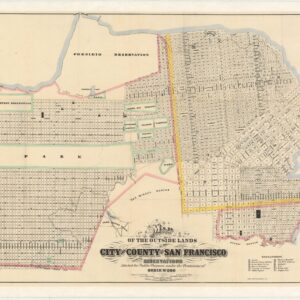
![PORT OF SAN FRANCISCO. WHERE THE FAR EAST BEGINS [Japanese language version]](https://neatlinemaps.com/wp-content/uploads/2021/01/NL-00879_Thumbnail-300x300.jpg)
![PORT OF SAN FRANCISCO. WHERE THE FAR EAST BEGINS [Japanese language version]](https://neatlinemaps.com/wp-content/uploads/2021/01/NL-00879_Thumbnail.jpg)
